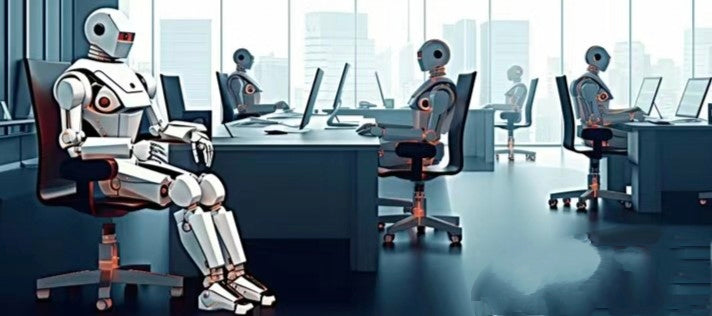2015 is known as the first year of intelligent robots. With the advent of the era of artificial intelligence, robots, information, communications, and artificial intelligence are further integrated. After the electrical era and the digital era, robots will enter the intelligent era. In terms of technology, robot technology has evolved from traditional industrial technologies such as controllers, servo motors, and reducers to artificial intelligence technologies such as computer vision, natural language processing, and deep learning; in terms of application, robots are gradually promoted from industrial users to commercial, family, and personal fields, and will be more deeply integrated into human society; in terms of human-machine interaction, humans and robots have developed from mutual isolation and non-interference to full human-machine collaboration and interactive integration.
The International Organization for Standardization defines robots as "a robot is an automatic, position-controllable, programmable multifunctional manipulator with several axes that can handle various materials, parts, tools and special devices with the help of programmable operations to perform various tasks. Intelligent robots are based on the traditional ones, and have been comprehensively improved in terms of perception, decision-making, effects, etc., and simulate human machine systems in terms of emotions and thinking. They have a fairly developed "brain", which can not only obey human instructions and complete tasks according to the program, but also interact with people in a friendly way, and are constantly learning and improving in the process of interaction. Intelligent educational robots can be divided into two categories from the perspective of application environment: industrial robots and service robots.
Industrial robots are multi-joint manipulators or multi-degree-of-freedom robots for the industrial field. They are machine devices that automatically perform work and are machines that achieve various functions by their own power and control capabilities. After receiving human instructions, they execute motion paths and operations according to the set programs, including welding, spraying, assembly, collection, placement, product inspection and testing, etc. Service robots are semi-autonomous or fully autonomous robots that can complete service work that is beneficial to humans. Service robots can be divided into dedicated service robots and household service robots. Among them, dedicated Service robots are robots that operate in special environments, such as underwater operation robots, space exploration robots, emergency rescue robots, anti-terrorism and explosion-proof robots, military robots, agricultural robots, medical robots and other special-purpose robots. Household service robots are robots that serve people, such as robots that help the elderly and the disabled, rehabilitation robots, cleaning robots, nursing robots, educational and entertainment robots, etc.
With the rapid rise in labor costs, the demographic dividend is gradually disappearing. On the other hand, the arrival of an aging society also urgently needs a large number of robot services in the fields of elderly care and medical and health services. Therefore, the development and promotion of intelligent service robots will largely fill the gap in professional service personnel and make people's lives more convenient. In addition, intelligent robots also play a very important role in national defense, military, unknown exploration and public safety.
Therefore, the development prospects of the intelligent robot industry are very broad and the market potential is huge. The application and promotion of intelligent robots will greatly solve the social labor force and complete heavy repetitive work, basic service work and high-risk work more efficiently and conveniently. While creating huge economic benefits for the society, it will also effectively improve people's livelihood issues. Therefore, it is of great significance to focus on the development of intelligent robot technology as a high-tech in a strategic sense.
The emergence and development of intelligent robots

